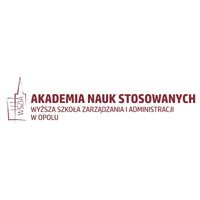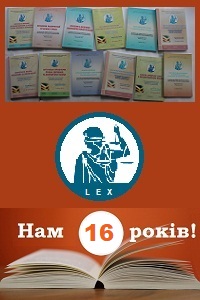A corruption that is a threat to the rights of man, as well as the obstacle to the sustainable economic development of society, is now very acute in our country [1-4].
Especially defence procurement is prone to corruption because it is an integral part of the process of maintaining existing capabilities of the Ukrainian Armed Forces through provision of logistics services, spare parts, fuel, etc.
For instance, on October 11, 2017, the National Anti-Corruption Bureau of Ukraine (NABU) and the Specialized Anti-Corruption Prosecutor's Office exposed the corruption scheme for embezzlement of public funds in the amount of over UAH 149 million in fuel procurement for the Ministry of Defense of Ukraine.
According to spokesman of NABU, Deputy Defense Minister Ihor Pavlovsky and Director of the Department for State Procurement and Supplies of Materiel at the Defense Ministry Volodymyr Hulevych were detained amid anti-corruption raids. They are suspects who charged with a conspiracy with representatives of a commercial entity (Part 5 Article 191 of the Criminal Code of Ukraine, misappropriation, embezzlement of property or its possession through abuse of power). Both suspects say they do not feel guilty and deny allegations of criminal activity.
NABU believes in June-August 2016, probably, in the absence of any legal grounds for amending the contracts for the procurement of goods for budgetary funds, the customer and supplier concluded a number of additional agreements, according to which the price per unit of goods was unreasonably increased by an average of 16% of their initial price. As a result, budgetary funds totaling UAH 149.339 million were unreasonably and illegally transferred to the supplier [4].
So there are number of reasons for high corruption risks [1]:
- defence procurement usually involves large amounts of money;
- there can be a propensity within the fuel sector to source contracts with a sole supplier already mobilized within a region;
- procurement options are even more limited when security of supply to zone of counter-terroristic operation;
- the statistics on costs is limited, hard to attain or non-existent;
- linking defence needs to actual procurement is far from trivial or it can be incurred that can compromise the quality of goods and services provided.
Deciding what to acquire, on the surface a simple task, is both far from trivial and key to the overall success of an acquisition project. Defence budgets, although usually among the larger components of public spending, are rarely sufficient to cover all defence requirements and acquisition projects must be carefully prioritised in order to assemble an overall defence programme that is as comprehensive and as balanced as possible (and, of course, individual projects must be properly managed to ensure that they represent good value for money and an appropriate use of defence resources). Close examination of competing requirements and creative thinking about the means to address them are thus essential for successful acquisition; investment in these activities will help to reduce project risk and increase the overall chance of project success [2, 3].
The integrity of the decision making process is key for assuring transparency of the process. There have been cases when, as “a sign of transparency,” bids are open in front of TV cameras, while at the same time tender specifications are written in a way that strongly favours a particular supplier or even eliminates all of its competitors.
Additional measures to guarantee transparency of defence procurement include:
- publicly available and highly visible defence policy documents that provide clear, consistent and credible guidelines on defence modernisation;
- open competitive bidding, e.g. through the use of the a hybrid electronic open source government e-procurement ProZorro (prozorro.gov.ua);
- advanced notification of potential suppliers, including companies in the national defence industrial base, on forthcoming acquisitions and anticipated requirements;
- comparing the bids of competing suppliers;
- rigorous risk assessment and transparent risk management.
So key for reducing the potential for procurement-related corruption is the integrity of the decision-making process. Decision making has to be regulated in a way that assures procurement decisions and actual procurements clearly relate to defence policy objectives and account for fiscal and other resource constraints. Regulations have to provide for a clear causal link from defence objectives to procurement.
References:
1. Philipp Fluri, Adrian Kendry, Simon Lunn, Mark Pyman, Todor Tagarev, eds., `Building Integrity and Reducing Corruption in Defence: A Compendium of Best Practices. Geneva, Geneva Centre for the Democratic Control of Armed Forces, 2010, 332 p.
2. Mark Pyman, Dominic Scott, Alan Waldron and Inese Voika, `Building Integrity and Reducing Corruption Risk in Defense Establishments`, Connections, Vol. VII, No. 2, Summer 2008, pp. 21-44.
3. Hari Bucur-Marcu, Philipp Fluri, Todor Tagarev, eds. `Defence Management: An Introduction`. Geneva, Geneva Centre for the Democratic Control of Armed Forces, 2009, pp. 156-157.
4. Ukraine's senior defense officials detained on charges of UAH 149 mln embezzlement. Available at: https://www.unian.info/society/2182851-ukraine-def-ministers-deputy-detained-on-charges-of-uah-149-mln-embezzlement.html (Àccessed 25 October 2017).
|









